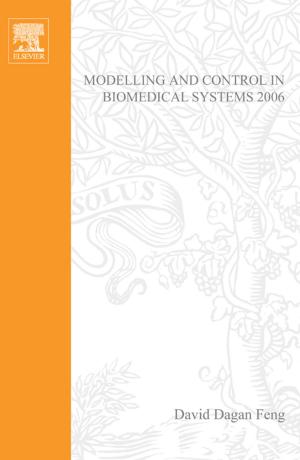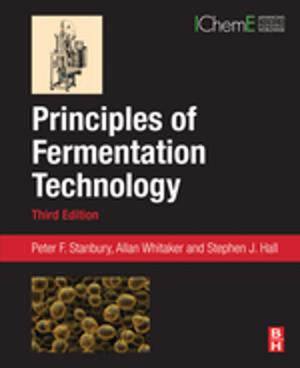Perennial Grasses for Bioenergy and Bioproducts
Production, Uses, Sustainability and Markets for Giant Reed, Miscanthus, Switchgrass, Reed Canary Grass and Bamboo
Nonfiction, Science & Nature, Technology, Power Resources| Author: | ISBN: | 9780128129012 | |
| Publisher: | Elsevier Science | Publication: | January 2, 2018 |
| Imprint: | Academic Press | Language: | English |
| Author: | |
| ISBN: | 9780128129012 |
| Publisher: | Elsevier Science |
| Publication: | January 2, 2018 |
| Imprint: | Academic Press |
| Language: | English |
Perennial Grasses for Bioenergy and Bioproducts: Production, Uses, Sustainability and Markets for Giant Reed, Miscanthus, Switchgrass, Reed Canary Grass and Bamboo brings together a team of international authors to explore the current utilization, sustainability and future perspectives of perennial grasses in the bioeconomy. The book begins by examining the role of these crops as feedstock for bioenergy, in particular advanced biofuels and bioproducts. It then offers five chapters, each covering one perennial grass type, namely giant reed, miscanthus, switchgrass, reed canary grass and bamboo. The book covers their breeding, cultivation, harvesting, pre-treatment, economics and characterization.
The book goes on to present the thermochemical conversion pathways for different types of feedstock. The last chapter explores issues concerning sustainability of perennial grasses, including their production in marginal lands. This thorough overview is a helpful reference for engineering researchers and professionals in the bioenergy sector, whose understanding of feedstock characterization, sustainability and production is critical in the development of conversion technologies.
Those in the industrial crops sector will benefit from discussion of various issues surrounding crop production, which can guide their feedstock cultivation, harvesting and pre-treatment for specific conversion processes or end use. The book is also a useful resource for instructors and students in Masters and PhD programs in the area of biomass and energy crops. Policy makers and government agents involved in regulating the bioenergy and bioproducts sector will find comprehensive information to guide their decision making.
- Explores the whole value chain of grassy feedstock for advanced biofuels and bioproducts, from cultivation to end use, including biomass characterization (physical properties, chemical composition, etc.) and conversion and sustainability
- Examines the sustainability and economic factors related to perennial grasses and their conversion into biofuels and bioproducts
- Includes a complete list of grasses relevant for energy uses, and tables with their current and expected future uses and markets
Perennial Grasses for Bioenergy and Bioproducts: Production, Uses, Sustainability and Markets for Giant Reed, Miscanthus, Switchgrass, Reed Canary Grass and Bamboo brings together a team of international authors to explore the current utilization, sustainability and future perspectives of perennial grasses in the bioeconomy. The book begins by examining the role of these crops as feedstock for bioenergy, in particular advanced biofuels and bioproducts. It then offers five chapters, each covering one perennial grass type, namely giant reed, miscanthus, switchgrass, reed canary grass and bamboo. The book covers their breeding, cultivation, harvesting, pre-treatment, economics and characterization.
The book goes on to present the thermochemical conversion pathways for different types of feedstock. The last chapter explores issues concerning sustainability of perennial grasses, including their production in marginal lands. This thorough overview is a helpful reference for engineering researchers and professionals in the bioenergy sector, whose understanding of feedstock characterization, sustainability and production is critical in the development of conversion technologies.
Those in the industrial crops sector will benefit from discussion of various issues surrounding crop production, which can guide their feedstock cultivation, harvesting and pre-treatment for specific conversion processes or end use. The book is also a useful resource for instructors and students in Masters and PhD programs in the area of biomass and energy crops. Policy makers and government agents involved in regulating the bioenergy and bioproducts sector will find comprehensive information to guide their decision making.
- Explores the whole value chain of grassy feedstock for advanced biofuels and bioproducts, from cultivation to end use, including biomass characterization (physical properties, chemical composition, etc.) and conversion and sustainability
- Examines the sustainability and economic factors related to perennial grasses and their conversion into biofuels and bioproducts
- Includes a complete list of grasses relevant for energy uses, and tables with their current and expected future uses and markets















